With it, maintaining the ideal temperature is incredibly easy! Thermostatic head for a heating radiator
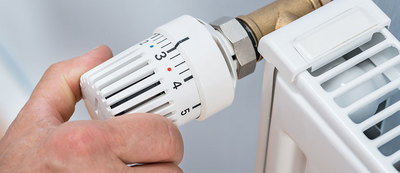
Thermostatic heads (thermoheads, thermostats) for heating batteries — type of control valve for heating systems.
They allow maintain a set air temperature in heated rooms. Thermostatic heads are installed directly on heating radiators and allow for adjustment of the temperature background inside the room in manual and/or automatic mode.
Content
Purpose and design of the thermostatic head for heating radiators
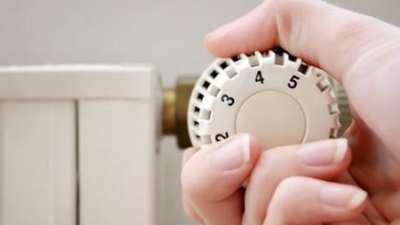
The main task of the thermostatic head is maintaining the air temperature in a heated room in accordance with the specified settings.
Depending on the capabilities of a specific model, a fixed or dynamic temperature background is set in the room.
For this class of devices characterized by high adjustment accuracy — for mid-price segment models, the error does not exceed 1°CIn addition to maintaining a comfortable temperature, the use of such devices also contributes to more economical energy consumption by optimizing the circulation of the coolant in the heating system.
Important! Depending on the operating mode, the average amount of energy saved when using thermal heads varies within the range from 10 to 20%.
Device
Basic design elements thermostatic head:
- plastic case;
- bellows;
- rod, pusher and return spring;
- locking element;
- sealing elements;
- fasteners.
Thermostatic valve
Most models of thermal heads equipped with valves, the main task of which is to regulate the diameter of the radiator inlet channel. Thermostatic valves are mounted on a straight or angular section of the heating circuit.
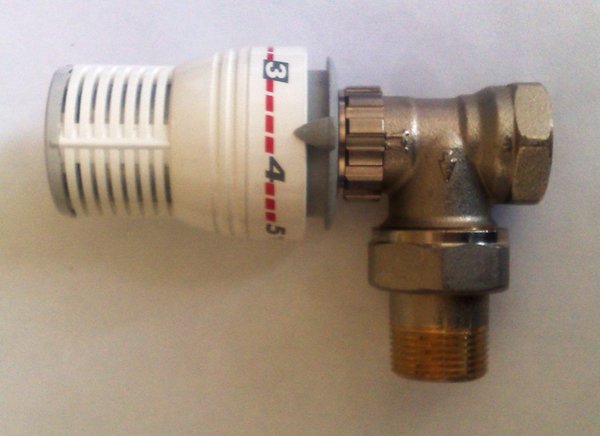
Photo 1. Thermostatic head with thermostatic valve. It is the valve device that regulates the amount of coolant entering the radiator.
Removing the thermal head from the valve at the end of the heating season allows you to solve this problem and significantly extend the effective service life of the device.
Attention! With prolonged inactivity or prolonged operation in one mode, it increases significantly risk of moving parts sticking thermostatic head.
Operating principle
The bellows of the thermal head is filled with a substance with a high coefficient of thermal expansion (usually ethyl acetate, toluene or wax), reacts to changes in the temperature background in the room. The user sets the desired temperature value in the room.
When this indicator increases, the bellows filler sets the rod in motion, reducing the diameter of the passage channel of the thermostatic valve. The radiator's throughput capacity decreases and the temperature drops in accordance with the specified parameters.
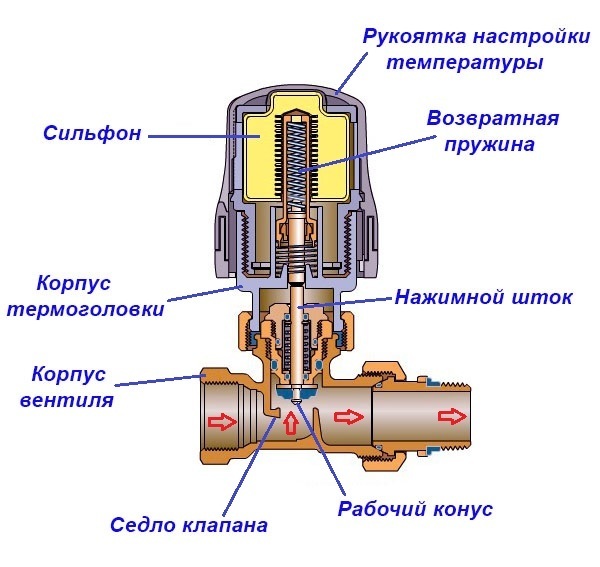
Photo 2. The structure of the thermostatic head for radiators. The arrows indicate the components of the device.
When the temperature drops below the set value, the bellows filler decreases in volume and the process is the reverse of the one described above. The circulation of the coolant increases and the temperature in the room rises to the desired value.
Important! Installing thermal heads on cast iron radiators is ineffective, since the cooling and heating of cast iron takes a long time, especially when compared to aluminum, steel and bimetallic radiators.
Varieties
Classification thermal heads is carried out according to several characteristics:
- compatibility with thermostatic valves of a certain standard;
- temperature control method.
Compatibility with valves
The thermostatic heads available for sale are compatible with valves of the following standards: RTD-N or RTD-G.
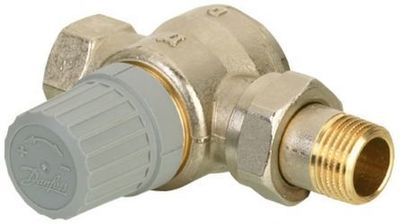
Choosing one standard or another depends on the characteristics of the heating system buildings, in particular - from diameter direct feed pipes. The main difference between the specified standards is the flow capacity of the valves.
For valves RTD-G standard and their direct analogues are characterized by increased throughput, They are designed for use:
- with single-pipe heating systems;
- with two-pipe systems with natural circulation (primarily relevant for private houses);
- in multi-story buildings.
Attention! When installing thermostatic heads on heating radiators of single-pipe systems the presence of bypasses is mandatory.
Standard valves RTD-N (and similar) designed for use in:
- buildings equipped with forced circulation heating systems;
- multi-storey buildings with two-pipe heating systems.
Method of adjustment
Depending on the adjustment method, thermostatic heads are conventionally divided into:
- mechanical devices that allow you to change the temperature manually;
- electronic devices that perform adjustments automatically.
Mechanical models cheaper, but due to the constant change of position, the adjustment handle wears out over time. In addition, such devices require constant monitoring by residents.
Unlike mechanical analogues, electronic Thermostatic heads change the room temperature independently according to the specified settings. In addition to obvious convenience, the risks associated with uncontrolled use of thermostatic equipment are guaranteed to be minimized.
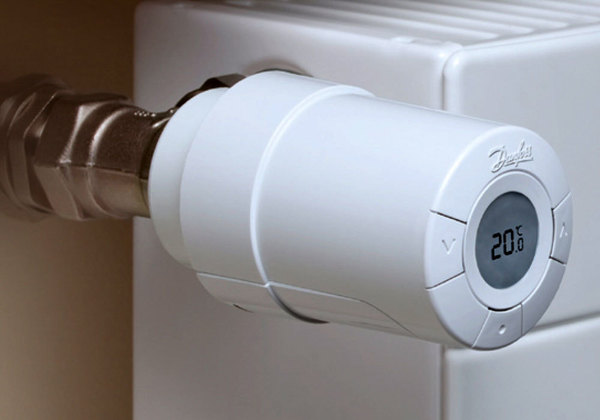
Photo 3. Electronic thermostatic head for heating radiators. The display shows the temperature of the heating device.
Available for sale programmable electronic thermostatic heads equipped with timers and allowing you to set the room temperature depending on the time of day, outside temperature or other parameters.
Remote control
Some models of thermal heads support remote control. In most cases, this option is only increases the convenience of using the thermostat, however, when access to the device body is difficult, remote control becomes an urgent necessity.
Placement, installation and configuration
Selecting a location for placing the device itself does not depend on its type and configuration — mechanical and electronic thermostats are installed on the pipe directly supplying the coolant to the radiator. In this case, the main condition for the efficient operation of the thermostatic head is constant air circulation around the device.
Important! Installing the thermal head in a vertical position is not allowed. Mounting in horizontal position (parallel to the floor plane) allows to eliminate the effects of warm air and significantly increase the accuracy of the device.
Remote sensor
Most thermal heads are equipped with built-in temperature sensors, however, in some cases the operation of such models is ineffective.
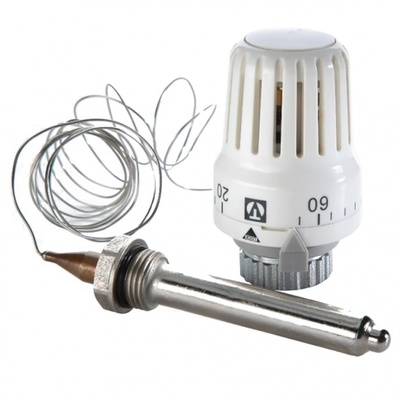
Using a remote sensor, mounted at a distance from batteries, window openings and other sources of temperature changes, required if:
- there is no possibility of providing a constant flow of air to the device body: the radiator is installed in a wall niche, covered with a curtain or false wall, the distance from the upper edge of the radiator to the window sill is less than 100 mm;
- convection currents affect the accuracy of the built-in sensor readings;
- the device body is exposed to direct sunlight;
- there is no way to eliminate drafts, which also have a detrimental effect on the accuracy of the built-in sensor readings;
- Horizontal installation of the thermal head is not possible.
In most cases, the use of remote sensors is not necessary, Experts agree that optimal performance of thermostatic heads is achieved only when using such peripheral devices.
Installation
The key to a proper connection is strict adherence to the manufacturer's instructions and recommendations of the installed thermostatic head, as given in the operating manual.

Installation thermostat for heating radiator is performed in the following order:
- Turning off the coolant supply, draining the liquid from the radiator.
- Cutting pipes to the required length, dismantling old shut-off valves.
- Installing the valve stem into the radiator.
- Assembly and installation of the harness.
- Connecting the piping to the circuit, installing the thermostat on the adapter of the installed valve.
Attention! When installing the position of the thermostatic head regulator should be at maximum value. Otherwise, the device will not work properly.
Setting
The installed device is configured depending on its type and characteristics. For mechanical thermostats, it is enough to turn the handle until one of the numbers indicated on it aligns with the control notch on the body, after which, provided that the installation is performed correctly, the room temperature will change to the set value. The setting of the electronic thermostatic head depends on the features of a specific model and the list of supported functions.
Useful video
Watch the video, which tells about the features of thermostatic heads for heating radiators, and explains what these devices are needed for.
Possibility of self-installation
Selecting the right thermostatic head model and installing it correctly are not distinguished by high complexity and is within the power of a home craftsman with the appropriate theoretical knowledge and practical skills.









Comments